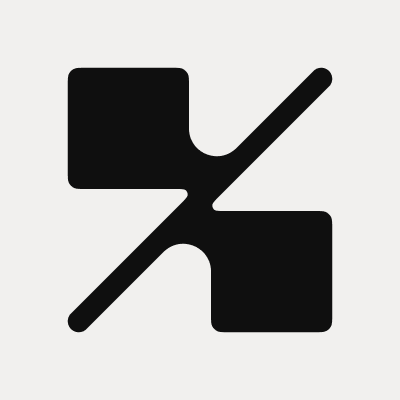Cardano ADA Network Upgrade Hard Fork Explained

Cardano ADA Network Upgrade: Hard Fork Explained
The cryptocurrency world is a dynamic environment, where innovative technologies and strategies keep reshaping the financial landscape. Among the most talked-about developments is the Cardano ADA network, particularly its upgrades and hard forks. Understanding these aspects not only offers insights into this evolving ecosystem but also underscores the promise they hold for the future of blockchain and decentralized finance.
What is Cardano?
Cardano is a blockchain platform known for its commitment to sustainability, scalability, and transparency. Developed by Input Output Hong Kong (IOHK) under the leadership of Charles Hoskinson, Cardano distinguishes itself through a rigorous approach to research-driven methodology. Its native cryptocurrency, ADA, fuels transactions and applications on the network.
Decoding the Cardano Hard Fork
A hard fork in the context of a blockchain refers to a radical change to the protocol that makes previously invalid blocks and transactions valid, or vice-versa. This requires all participants of the network to upgrade to the latest version of the protocol software. Hard forks are crucial for implementing significant upgrades like changes to consensus protocols or the introduction of new features.
On the Cardano network, hard forks have transformed how the protocol works, ensuring it scales alongside its growing user base. Each upgrade enhances its capability to provide more efficient and secure services.
The Importance of Cardano's Network Upgrades
Cardano's network upgrades are designed with community input and scientific rigor, aiming to address error handling, enhance security, and improve performance. These advancements make Cardano more attractive for developers looking to build decentralized applications (dApps) on a platform that prioritizes peer review and evidence-based processes.
Scalability and Throughput
One of the critical issues blockchain networks face is scalability, the ability to handle increased demand and a large number of transactions. Cardano's protocol, equipped with Ouroboros—a highly secure proof-of-stake consensus mechanism—strives to offer scalability without compromising decentralization.
This allows Cardano to potentially exceed Bitcoin’s and Ethereum’s transactions per second, creating an efficient environment for smart contracts and dApps. Such improvements foster a stronger ecosystem and encourage more participants to use and build on the network.
How Cardano’s Hard Fork Impacts ADA
Upgrades and hard forks usually exert influence on the cryptocurrency market, often driving price volatility. For ADA, successfully implemented hard forks can result in increased investor confidence and wider adoption, thus affecting its market performance positively.
Enhancing Security
Security enhancements via hard forks ensure the Cardano network maintains a solid defense against malicious attacks, which is crucial for a digital currency that is open and accessible worldwide. Innovative protocols secure users' investments and data, attracting more stakeholders.
DeFi and Smart Contracts
One of the most exciting prospects of the Cardano network upgrades is the boost it provides to decentralized finance (DeFi) operations and smart contract capabilities.
Smart Contracts Ecosystem
Cardano’s extended capabilities for executing fully developed smart contracts and DeFi solutions promise a surge in user attraction and retention. The platform’s Plutus programming language, built atop the Haskell programming language, supplies developers with an adaptable and trusted environment for creating complex financial products.
This advancement establishes Cardano not just as a platform for value exchange but as a base layer for future decentralized applications that could revolutionize sectors like finance, supply chain, and health care.
The Role of Community
A key part of Cardano’s evolution is its vibrant community. Community members worldwide engage through governance processes that decide on network developments, ensuring upgrades align with global user needs and expectations.
Such democratic governance strengthens the network by allowing stakeholders who use the network daily to influence its direction, creating a more user-centered blockchain ecosystem.
Future Prospects
The future outlook for Cardano is promising, particularly due to its continued emphasis on technology and community-driven progress. As blockchain technology matures, Cardano’s focus on solving foundational issues with scalability, sustainability, and interoperability positions it well to lead the charge in global blockchain adoption.
Developers are excited about harnessing new capabilities, and as more institutions recognize blockchain’s potential, platforms like Cardano are likely to see increased integration into traditional systems.
Why the Cardano Upgrade Matters
The significance of the Cardano ADA network upgrade through a hard fork cannot be overstated. It represents a commitment to evolving with a rapidly changing digital landscape while staying true to the core tenets of transparency, security, and decentralization. For investors, developers, and blockchain enthusiasts, staying informed about such developments might provide a blueprint for capitalizing on future opportunities within this revolutionary technology.
In this ever-competitive space, the Cardano network upgrade underscores the remarkable potential within the blockchain industry, where growth is not just anticipated but meticulously planned and executed. As Cardano continues its trajectory, one can only expect more innovative strides that dare to redefine digital infrastructures.
Want to get cryptocurrency instantly?
Latest articles
See more






















